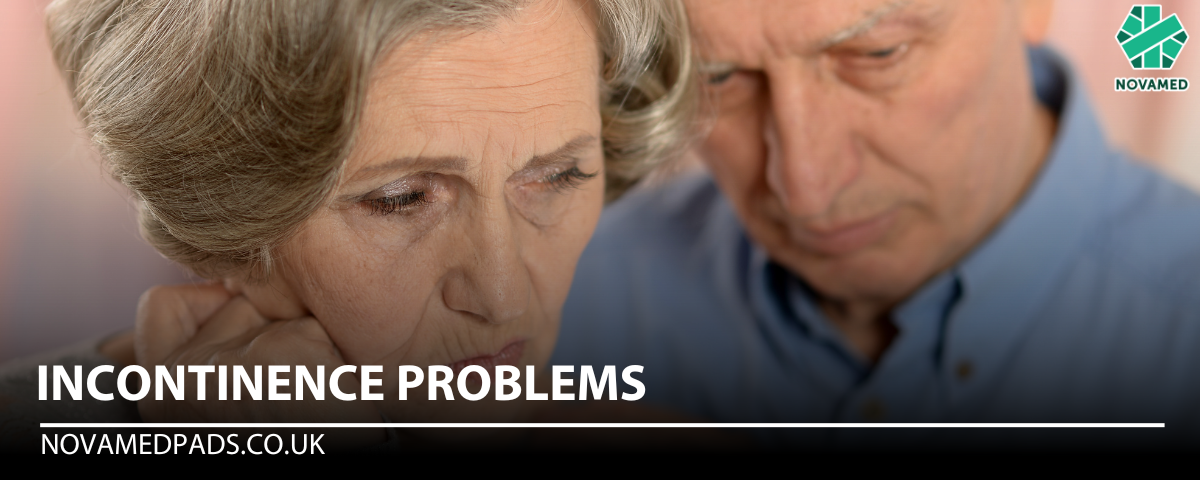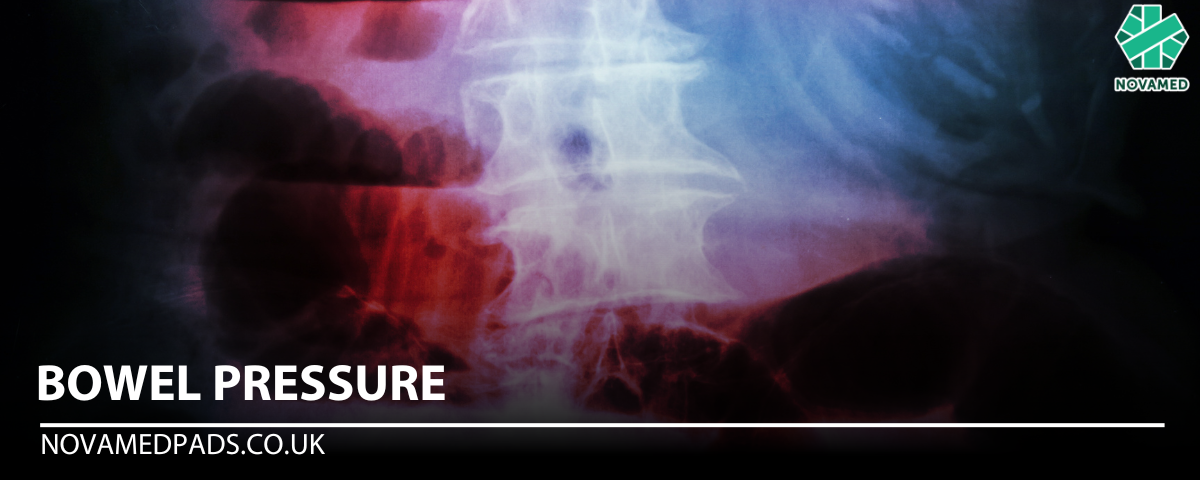
Incontinence Problems: Understanding Causes and Management
Incontinence is a common issue that affects millions of people worldwide. It’s essential to understand the factors that contribute to incontinence, which include specific diseases, pregnancy, constipation, ageing, and treatments. This blog aims to clarify the causes of incontinence and offer practical tips for managing it effectively.
Misconceptions About Incontinence
A common misconception about incontinence is that it only affects elderly women in nursing homes. However, this is far from the truth. Incontinence can affect people of all ages, including young children, teenagers, and adults. Both men and women are susceptible to bladder control problems that result in unintentional wetting or urination.
Another widespread belief is that only the elderly experience incontinence. However, urinary incontinence can affect anyone, regardless of age. Millions of people, young and old, suffer from this condition every year. It’s important to recognise that if you’re dealing with incontinence, you are not alone.
What is Incontinence?
Incontinence is defined as the inability to control bladder or bowel movements. There are several types of incontinence, each with unique causes and symptoms.
- Stress Incontinence: This occurs when pressure is placed on the bladder, such as during laughing, sneezing, or coughing, which leads to leakage.
- Urge Incontinence: A sudden, strong urge to urinate that is difficult to resist, often causing leakage.
- Overflow Incontinence: This type occurs when the bladder doesn’t empty properly, leading to frequent dribbling or leaks.
- Functional Incontinence: Caused by weakened pelvic floor muscles, resulting in leakage during activities like walking or standing.
- Mixed or Combined Incontinence: A combination of two or more types of incontinence, such as stress and urge incontinence.
Causes of Incontinence
Incontinence can result from various factors, including:
- Specific Diseases: Conditions like diabetes, Parkinson’s disease, and multiple sclerosis can lead to bladder control issues.
- Pregnancy: Increased pressure on the bladder during pregnancy can cause temporary or long-term incontinence.
- Constipation: Chronic constipation can lead to increased pressure on the bladder, resulting in incontinence.
- Ageing: The muscles that control the bladder can weaken with age, making it more difficult to control urination.
- Treatments and Medications: Certain medications or medical treatments, such as surgery, can lead to temporary or permanent incontinence.
Managing Incontinence
If you are struggling with incontinence, there are several steps you can take to manage it effectively. These include:
- Pelvic Floor Exercises: Strengthening the muscles that control the bladder can help reduce leakage.
- Bladder Training: This involves scheduling bathroom visits at regular intervals to improve bladder control.
- Dietary Adjustments: Avoiding bladder irritants like caffeine and alcohol can help manage symptoms.
- Absorbent Products: Using pads or adult diapers can provide a practical solution for managing leaks.
- Medical Treatment: In some cases, medications or surgical options may be recommended by a healthcare professional.
Final Thoughts
Incontinence is a common issue that can affect anyone, regardless of age or gender. By understanding the causes and taking steps to manage the condition, it’s possible to lead a more comfortable and confident life. If you’re dealing with incontinence, remember that you are not alone—millions of people face the same challenges every day.
For more advice and support, consult a healthcare professional to discuss your specific situation.
Feel free to explore our full range of incontinence solutions here!
Bladder and bowel incontinence may be caused by conditions which can be treated medically. Please consult your physician for medical advice and guidance.




